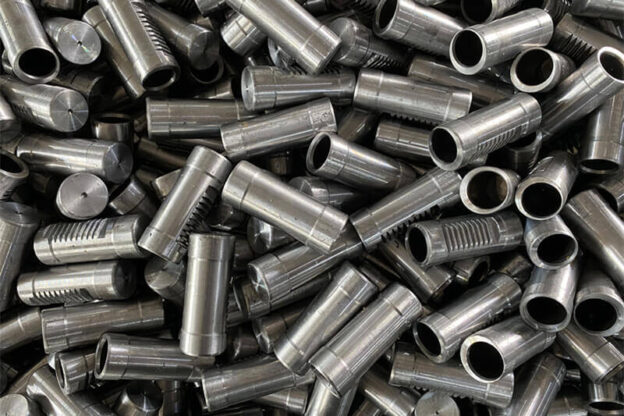Copper forging is one of the forming methods used for the manufacturing of various copper products. We all know that copper parts are widely used in many industries, especially in machine parts production. You will find forged copper parts in electronic components, electrical assemblies, and many others.
In this article, we are going to look at the copper forging process and, more so, how it is performed. We are going to look at the major steps that one should go through to produce quality forgings. But before we go to that, it is important to mention crucial things you need for forging:
Requirements For Copper Forging
The most important thing is the copper material. You need to start with having the right material depending on the forging specifications. Then you require a fully equipped factory which includes tools and equipment. The hydraulic press is one of the essential equipment. For the tools, you need cutting tools like hacksaws.
Copper Forging Process Steps:
The process of copper forging is not that different from others. Here are the steps to follow:
Select Copper Material
The first step should be the selection of the material. There are all kinds of materials in the market that you can select from, but the determining factor should be the forging specs. What does the customer need from the forging? What are the expected mechanical and metallurgical properties of the forging? These are the questions that will help you get the right material for the job. There are also many copper alloys to select from.
Shaping the Billet
Once you have selected the copper alloy and cut it, you need to start with the shaping process. You need to get the workpiece in a shape that fits the die. If the billet does not fit in the die, you can definitely have a problem getting the expected forging. Use the hammer for shaping.
Forging/Striking
The striking step includes pressing the workpiece to form the desired product or forging. The workpiece, after reshaping, is placed on the die and hydraulic press set to provide press force. Your billet will be pressed to plastic deformation and take the shape of the die. That’s how copper forgings are produced.
Hardening/Hardening
Now you can heat treat the forging to improve its durability and quality. Heat treatment should be done properly to provide the forging with good mechanical properties.
Once the copper forgings cool, they are ready for packaging and dispatch. But the quality must be ascertained to ensure quality standards are maintained.
